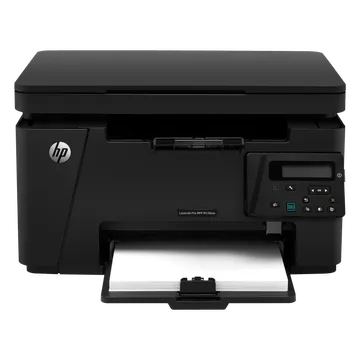Install Printer Driver
How to Install Your Printer Driver: A Complete Guide
What to Know
- Select Start > Settings, type device installation in the search box, and select Change device installation settings > Yes > Save Changes.
- Add a printer from Settings > Printers & scanners > Add a printer or scanner.
- If your printer needs a special driver installation program, go to the manufacturer’s download site to get and run it.
Your printer may require a specialized driver for Windows 10, 8.1, or 8 to be properly recognized. Reinstallation of the printer driver might be necessary if the original driver was uninstalled or if you’ve recently refreshed your Windows installation and need to restore your apps and settings.
Installing a Printer Driver
Before proceeding, review the installation instructions provided by your printer’s manufacturer. If it’s a new printer, a quick-start guide is typically included in the packaging. For older printers, visit the manufacturer’s website and navigate to the support pages to locate the printer manual.
Keep in mind that your specific printer’s setup guide may have different instructions that take precedence over these general guidelines.
Adding a Printer to Windows 10
To add a printer in Windows, follow these steps:
In the Windows Settings search box, type “Device installation,” then select Change device installation settings.
Select Start > Settings.

In the Device Installation Settings window, ensure that Yes is selected. After confirming, either choose Save Changes or simply close the window.

In the Windows Settings search box, type “Printer” and select Add a printer or scanner.
On the Printers & scanners page, click Add a printer or scanner.

When your printer appears in the list, select it and follow any additional instructions to complete the printer driver installation.

What Is a Printer Driver?
Some peripherals are simple enough that Windows can operate them directly, like most mice and keyboards. However, many devices require a small piece of software called a printer driver, which is provided by the printer manufacturer. This driver allows Windows to communicate with the printer and utilize its full range of features and options.
Fortunately, Windows often includes basic drivers for many common printers, so you can start printing immediately even if you don’t install the full-featured driver. Keep in mind that this might limit access to some of the printer’s advanced features.
Using a Printer Driver Installation Program
Although less common today, some printers still require a dedicated driver installation program rather than relying on Windows to handle the installation.
To install a driver manually, visit the manufacturer’s website, usually in the Support section, to find the printer driver download file. Download the file, double-click it to start the installation, and follow the on-screen instructions to complete the setup. You’ll be ready to print in just a few minutes.
Was this page helpful?


